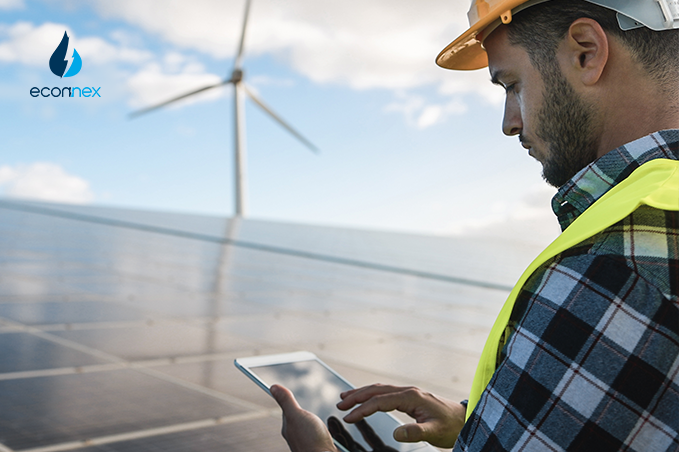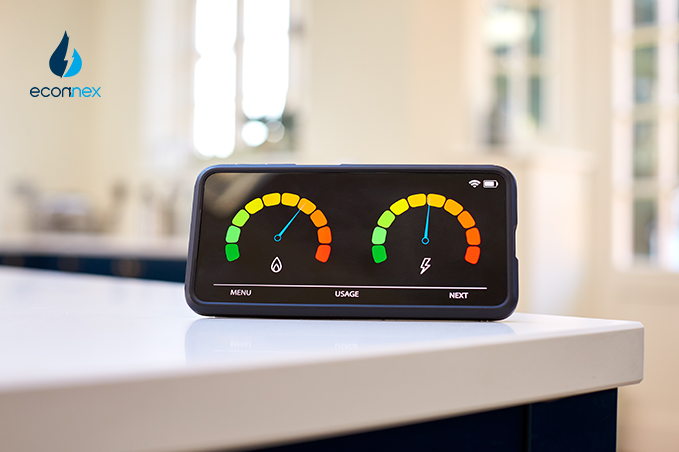Embrace the power of renewables! Uncover the numerous benefits and minimal drawbacks of renewable energy sources for a sustainable future.

Published on 22/04/2024
By Ankit Jain
Energy Comparison
Lately, Australia has been making conscious efforts to pave the path to a clean and green energy future. It has its eye set on the Net Zero Initiative and, as such, is looking to cut down on greenhouse gas emissions by 43% from its 2005 levels by 2030 and net zero by 2050.
As a result, today, more than ever, we are shifting to renewable energy sources like sun, wind, and water for power generation as a substitute for pollution-stimulating fossil fuels. It may be a long journey ahead, but every step taken in the right direction makes a difference.
So, if you’re looking to expand your knowledge of renewable energy sources, you’ve found the right place. We have assembled everything you need to know, including the different means of producing green energy and ways to differentiate them from conventional, non-renewable practices. Scroll on!
Renewable Energy derives from a source that is natural, self-replenishable, and practically limitless in supply. As you might have guessed, these renewable energy sources are the sun, water, wind, geothermal, and biomass. Basically, every other abundant natural resource on our planet belongs on this list!
Five major types of renewable sources of energy exist, each proven to mitigate the environmental risks posed by fossil fuels. Let’s discuss:
Solar Power is generated by transforming sunlight into electricity using photovoltaic cells (PV cells). PV Cells (also known as Solar Cells) are the building blocks of Solar Panels, typically composed of semiconductor materials such as Silicon, which is instrumental in converting sunlight into usable electricity.
So, to keep a long story short, electricity is generated when sunlight hits the surface of Solar Panels.
The shift to solar power has been quite evident in Australia, which is leading the world in terms of the highest per capita deployment of rooftop solar. According to recent research published on 31st October 2023, a whopping total of 3.5 million rooftop solar PV systems have been installed nationwide.
The best part? We (to no surprise) have an unlimited free subscription to sunlight! In fact, the energy from the sun that falls on the earth in one hour is more than that collectively consumed by the world in one year.
Hydropower is generated by harnessing the energy of flowing or falling water from reservoirs or dams to produce electricity. However, there’s more to the story than what you’re picturing. The generation of hydropower relies heavily on the power or force of the flowing water.
As water is released through a reservoir, it flows through electricity generators called turbines. It is the force of the flowing water that eventually causes the turbines to spin. The spinning turbines are connected to generators, which help transform mechanical energy into electrical energy through electromagnetic induction. The electricity produced is then finally sent to power lines for distribution to homes, businesses, and industries.
Australia has made considerable progress in using water for sustainable electricity generation. In fact, Hydropower accounted for about 23.3 % of Australia’s total clean energy generation in 2020.
Explore Energy Rebtaes for Seniors
Bioenergy is another form of renewable energy sourced from biomass, which is the organic material such as wood, agricultural residue, animal manure, etc., that comes from plants and animals.
It could either be burnt directly through combustion in order to produce heat and electricity or be converted into gaseous or liquid fuels.
We know what you’re thinking: “How is it renewable if burning this material would eventually release carbon dioxide into the atmosphere?” Well, it does, but the carbon emitted is initially offset when absorbed during the growth of the plant matter that feeds or provides this fuel.
Although it offers a low-carbon alternative to fossil fuels, it is always advisable to source biomass resources in a sustainable and responsible manner.
Wind energy channels the self-replenishable power of the breeze to generate electricity using the simple mechanism of a turbine. If you aren’t already familiar with wind turbines, they are tall structures with large blades mounted on a rotor.
They capture the kinetic energy of the wind with the help of their rotating blades. As the wind blows and the blades rotate, the force flows through the generator, producing electricity in the process.
It is generally preferable to install wind turbines in locations with an annual average wind speed of 7 to 11 miles per hour, allowing for a strong natural airflow at all times.
The good news here is that, as technology has improved, there has been an increasing qualitative and quantitative shift towards wind as a source of renewable energy in Australia. It has been reported that wind contributed to 10 % of Australia’s total energy generation in 2021 and will undoubtedly play a significant role in the future.
Geothermal energy is derived from thermal heat trapped deep within the earth’s surface. The history of the origin of this heat goes long back to when the planet was formed. This heat is continuously released inside the earth’s crust due to the radioactive decay of minerals.
When groundwater meets such depths where temperatures are significantly high, it forms underground reservoirs of near-boiling water. Wells are often drilled to access this water, which transforms into steam upon release. This steam finally goes on to spin the turbine, which helps generate electricity through a generator.
So quite evidently, all it does is harness earth’s natural heat to produce electricity, offering an environment-friendly power source.
Check Average Electricity Bill in Australia
There has always been a call for action against the concerning uses of fossil fuels that have, over time, proved to be the largest contributor to global climate change. The reliance on fossil fuels has to be cut down; the sooner, the better. Hence, the world started increasingly turning to renewable sources for several good reasons:
Are you looking to do your bit by switching to a renewable source of energy? The solar packages offered by a broad panel of retailers available at Econnex might come in handy. The best part? We have done all the complicated work, so you don’t have to! Simply sort through your options, compare, and choose what best works for you right away. Happy switching!



